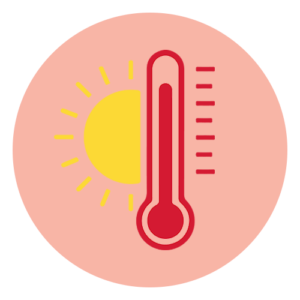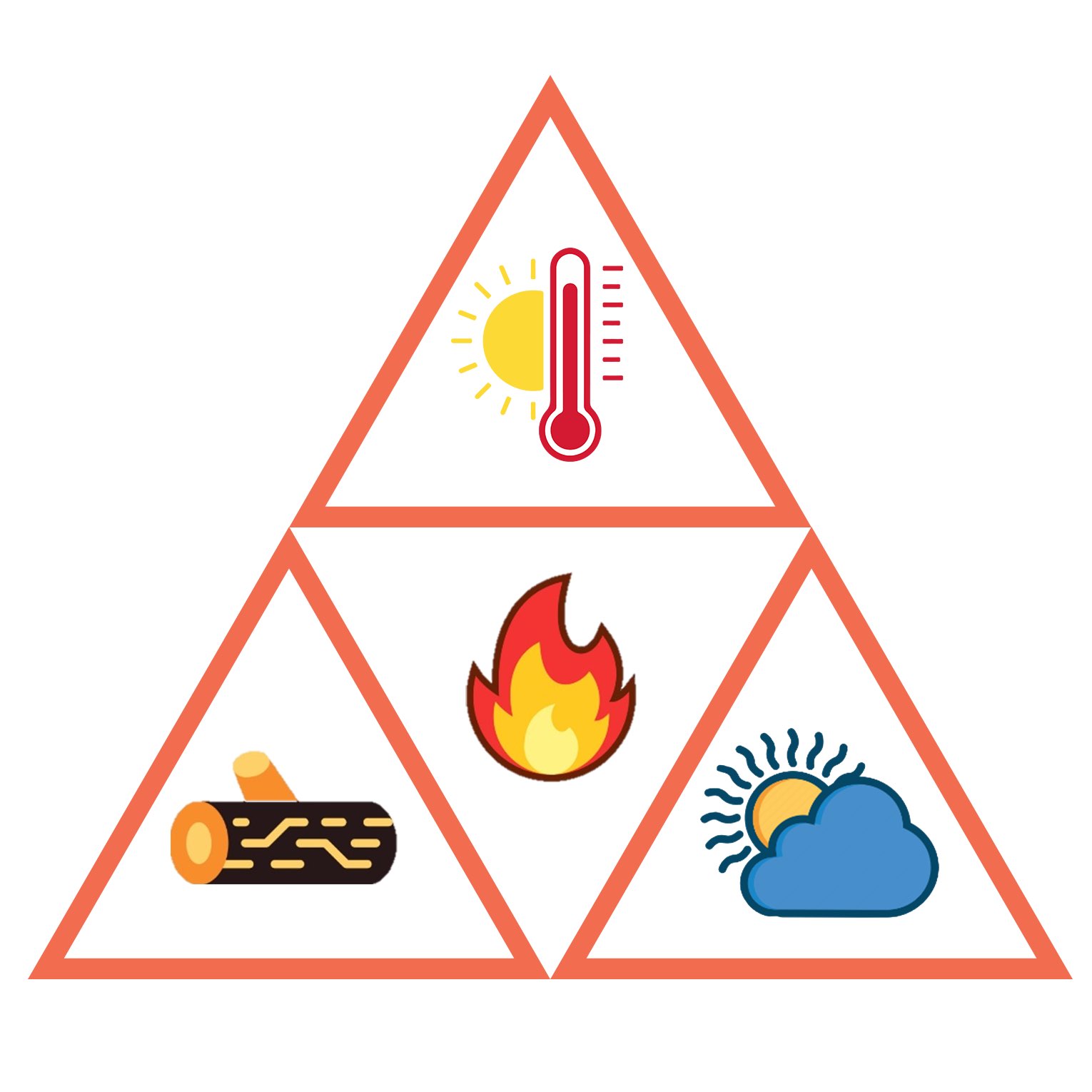Making and using fire is one of the first major developments of human civilisation. It helped us develop more things and made us grow to where we are today.
Since the day fire was developed, humans have gone a long way in making use of such elements. It is a very transformative resource and humans have since used fire in this capacity. Nearly everything fire touches, fire transforms, for better or for worse.
Fire is the result of a chemical reaction called combustion. At a certain point in the combustion reaction, called the ignition point, flames are produced. Combustion is defined as rapid oxidation producing light and heat flames. Combustion can take place when 3 factors or elements are present: Fuel, Heat and Oxygen.

A heat source is responsible for the initial ignition of fire, and is also needed to maintain the fire and enable it to spread. Heat allows fire to spread by drying out and preheating nearby fuel and warming surrounding air.
 Fuel is any kind of combustible material. It’s characterised by its moisture content, size, shape, quantity and the arrangement in which it is spread over the landscape. The moisture content determines how easily it will burn.
Fuel is any kind of combustible material. It’s characterised by its moisture content, size, shape, quantity and the arrangement in which it is spread over the landscape. The moisture content determines how easily it will burn.
 Air contains about 21 percent oxygen, and most fires require at least 16 percent oxygen content to burn. Oxygen supports the chemical processes that occur during fire. When fuel burns, it reacts with oxygen from the surrounding air, releasing heat and generating combustion products (gases, smoke, embers, etc.). This process is known as oxidation.
Air contains about 21 percent oxygen, and most fires require at least 16 percent oxygen content to burn. Oxygen supports the chemical processes that occur during fire. When fuel burns, it reacts with oxygen from the surrounding air, releasing heat and generating combustion products (gases, smoke, embers, etc.). This process is known as oxidation.
The fire triangle is a simple graphic representation of the elements of fire.
Each of the smaller triangles represent the interdependent components needed to make fire.
The fuel/air ratio must be within flammable limits, which describes the amount of vapour in air necessary to propagate flame. Removing any of these four factors will prevent, suppress, or control the fire.
Understanding the principles of fire will subsequently give you a deeper understanding on the basics of fire suppression. Do know though, that fire suppression methods will vary depending on the type of fire you are facing.
Do you have the right fire suppression equipment? Stock up here.
 Back
Back